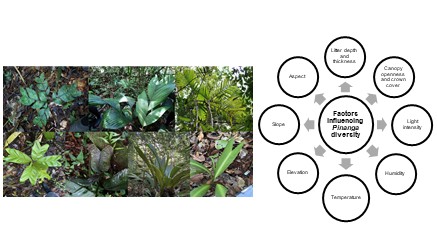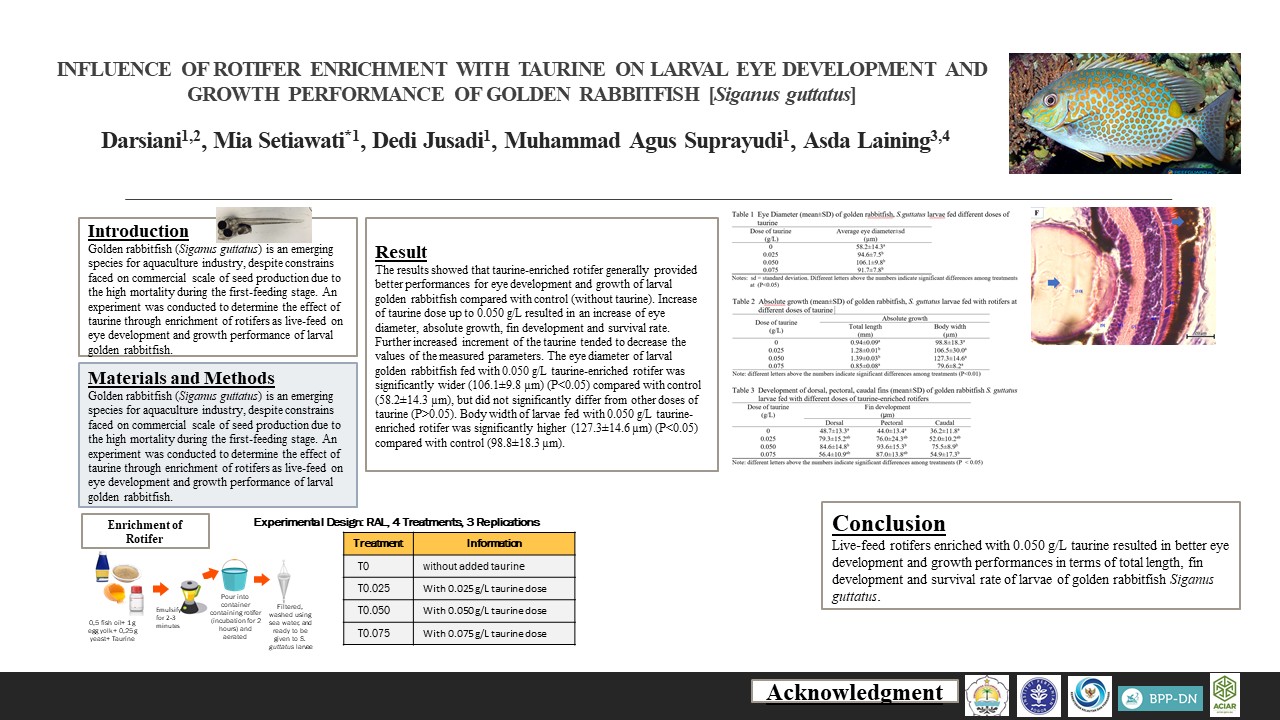PHYTOCHEMICAL STUDY OF CELL CULTURE JATROPHA CURCAS
Downloads
Jatropha curcas belongs to the Euphorbiaceae family which has potential economically. This plant has been reported to contain toxic compounds such as curcin and phorbol ester and its derivatives. These compounds may become a problem if J. curcas will be explored as a source of biofuel. In order to provide safety plants, the research on the study of phytochemical and initiation of cell and organ culture have been carried out. J curcas which has been collected from different regions in Indonesia showed to contain relatively the same profile of chemical contents. Dominant compounds that were detected by GCMS are hidrocarbon such as 2-heptenal, decadienal, hexsadecane, pentadecane, cyclooctane etc, fatty acid such as oktadecanoate acid, etthyl linoleate, ethyl stearate, heksadecanoate acid and steroid such as stigmasterol, fucosterol, sitosterol. No phorbol ester and its derivatives have been detected yet by the GCMS method. Callus and suspension cultures of J. curcas have been established to be used for further investigation.
Â
Keywords: Jatropha curcas, phytochemical, biofuel, cell culture, steroid, hydrocarbon, fatty acid
Downloads
Copyright (c) 2017 BIOTROPIA - The Southeast Asian Journal of Tropical Biology

This work is licensed under a Creative Commons Attribution-NonCommercial-NoDerivatives 4.0 International License.
Authors who publish with this journal agree with the following terms:
- Authors retain copyright and grant the journal right of first publication, with the work 1 year after publication simultaneously licensed under a Creative Commons attribution-noncommerical-noderivates 4.0 International License that allows others to share, copy and redistribute the work in any medium or format, but only where the use is for non-commercial purposes and an acknowledgement of the work's authorship and initial publication in this journal is mentioned.
- Authors are able to enter into separate, additional contractual arrangements for the non-exclusive distribution of the journal's published version of the work (e.g., post it to an institutional repository or publish it in a book), with an acknowledgement of its initial publication in this journal.
- Authors are permitted and encouraged to post their work online (e.g., in institutional repositories or on their website) prior to and during the submission process, as it can lead to productive exchanges, as well as earlier and greater citation of published work (See The Effect of Open Access).





















